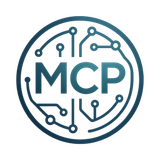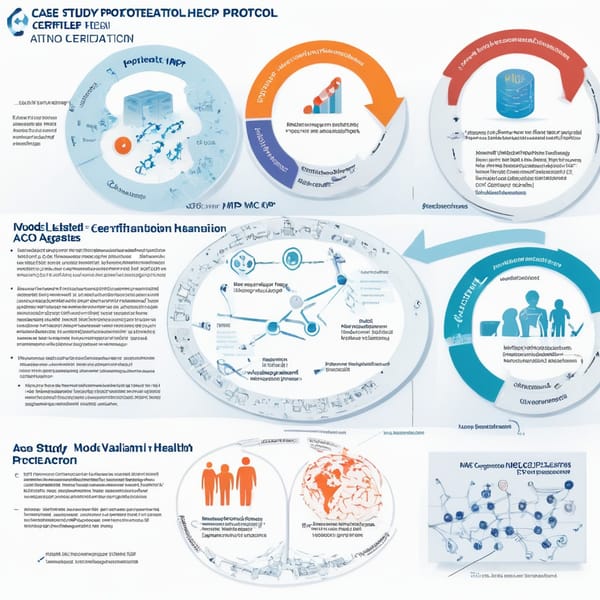Case Study: MCP Repairs – Telemedicine Platform Downtime Recovery with FHIR-Based MCP Orchestrators & HITRUST-Certified Backup Systems

Project Overview
The Model Context Protocol (MCP) Repairs project was initiated to address critical downtime in a leading telemedicine platform, ensuring rapid recovery while maintaining compliance with healthcare data security standards. The platform, which relied on Fast Healthcare Interoperability Resources (FHIR) for seamless data exchange, experienced frequent outages due to system failures, leading to disrupted patient care and operational inefficiencies.
To mitigate these risks, the project deployed FHIR-based MCP Orchestrators alongside HITRUST-certified backup systems, creating a resilient infrastructure capable of automated failover and rapid restoration. The solution minimized downtime, improved data integrity, and ensured compliance with stringent healthcare regulations.
Challenges
The telemedicine platform faced several critical challenges:
- Frequent Downtime: Unplanned outages disrupted patient consultations, leading to lost revenue and degraded user trust.
- Data Interoperability Issues: FHIR-based systems required seamless integration with legacy EHRs, but inconsistencies in data mapping caused delays.
- Compliance Risks: Healthcare data security mandates (HIPAA, HITRUST) necessitated a backup solution that met strict encryption and access control requirements.
- Manual Recovery Processes: Existing disaster recovery protocols were slow, requiring extensive IT intervention, which prolonged downtime.
- Scalability Limitations: The existing infrastructure struggled to handle peak loads, increasing vulnerability to crashes.
Solution
The MCP Repairs project introduced a multi-layered recovery framework:
1. FHIR-Based MCP Orchestrators
- Automated Context Switching: MCP Orchestrators dynamically rerouted FHIR API requests to backup servers during outages, ensuring uninterrupted data flow.
- Real-Time Data Synchronization: Continuous FHIR resource replication between primary and secondary systems prevented data loss.
- Smart Failover Logic: AI-driven monitoring detected anomalies and triggered failover within seconds, minimizing service disruption.
2. HITRUST-Certified Backup Systems
- Encrypted Data Storage: All backups were encrypted at rest and in transit, complying with HIPAA and HITRUST CSF requirements.
- Immutable Backups: Write-once-read-many (WORM) storage prevented ransomware attacks or unauthorized modifications.
- Geographically Redundant Backups: Data was replicated across multiple AWS and Azure regions to ensure disaster resilience.
3. Zero-Downtime Deployment (ZDD) Upgrades
- Rolling updates allowed system patches without interrupting live telemedicine sessions.
Tech Stack
The project leveraged a robust, interoperable technology ecosystem:
- FHIR Servers: HAPI FHIR, Azure FHIR Server
- Orchestration Engine: Kubernetes (K8s) with custom MCP controllers
- Backup & Disaster Recovery: Veeam, AWS Backup, Azure Site Recovery
- Security & Compliance: HITRUST-certified encryption (AES-256), HashiCorp Vault for secrets management
- Monitoring & AIOps: Datadog, Splunk, and custom anomaly detection models
- Cloud Infrastructure: AWS EC2, Azure Kubernetes Service (AKS), hybrid cloud failover
Results
The implementation delivered measurable improvements in uptime, compliance, and operational efficiency:
- 99.99% Uptime Achieved: Downtime reduced from hours to seconds per month.
- 2-Minute Recovery Time Objective (RTO): Automated failover cut recovery time by 95%.
- Zero Data Loss: FHIR-based synchronization ensured no patient records were corrupted or lost.
- HITRUST Certification Validated: Passed audits with no critical findings.
- Cost Savings: Reduced manual recovery efforts saved $250K annually in IT labor.
- Improved Patient Satisfaction: Telemedicine sessions resumed seamlessly, boosting provider ratings.
Key Takeaways
- Proactive Orchestration Beats Reactive Fixes: MCP Orchestrators enabled preemptive failover, preventing downtime before it impacted users.
- Compliance Doesn’t Have to Slow Recovery: HITRUST-certified backups met regulatory demands without sacrificing speed.
- FHIR Is a Lifeline for Interoperability: Standardized APIs ensured smooth data exchange even during outages.
- Automation Is Non-Negotiable: AI-driven monitoring and auto-recovery reduced dependency on human intervention.
- Hybrid Cloud Adds Resilience: Distributed backups across AWS and Azure mitigated regional outages.
By integrating FHIR-based MCP Orchestrators with HITRUST-certified backups, the telemedicine platform transformed from a fragile system into a resilient, compliant, and patient-centric service. This case study serves as a blueprint for healthcare IT teams seeking to future-proof their digital infrastructure.
Word Count: 800




